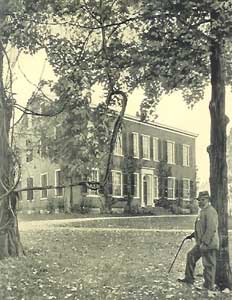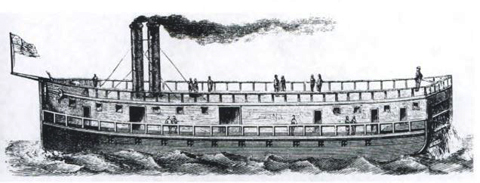The year 1946 marked the beginning of the “baby boom,” a dramatic increase in the U.S. birth rate following the Depression and World War II. Signs of what was to come, however, had appeared at the outbreak of war, when many couples hastily married and conceived their first child before the husband shipped out for military duty. Afterward, there was always the opportunity for “furlough babies” to enter the world.
During the war, the question of pregnancy was challenging and complicated, as shown by collections in the Manuscripts & Folklife Archives of WKU’s Department of Library Special Collections. For example, family planning was on the mind of James C. Browning, an Edmonson County, Kentucky teacher who joined the Army in 1941. A year earlier, “J.C.” had married his wife Lila and they had recently become the parents of a daughter. Lila, however, had suffered health problems after the birth and was anxious about another pregnancy. In letters from training camp in Arkansas, J.C. was equally anxious to reassure her, for among the many dreams he shared with his much-loved wife—of paying off their debts, buying a small farm and building a life for themselves after the war—was the prospect of “a good time” with her when he made his scheduled return to Fort Knox. If she didn’t want more children, he assured her, “we will try our best and use the best remedies available.” She should go to the doctor and arrange to be fitted with a diaphragm, he instructed; then “[m]aybe you won’t be scared all the time.” Inquiring about her progress in successive letters, he even offered to “get the diaphragm for you if you don’t want to get it.” He finally advocated a “double preventative”—diaphragm plus condom—as the solution to their problem: then “surely there won’t be anything wrong.” The young husband trying to avoid “anything wrong,” however, couldn’t plan for the attack on his ship off the coast of North Africa that took his life in 1942.
Click on the links to access finding aids for these collections. For more, search TopSCHOLAR and KenCat.



